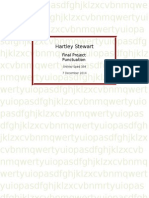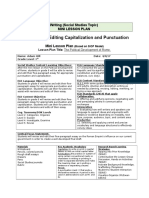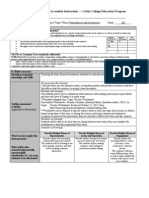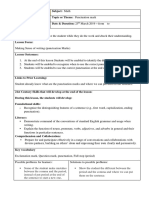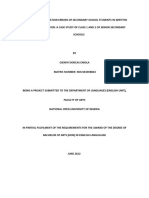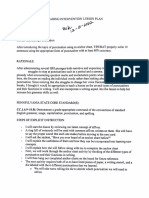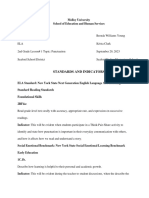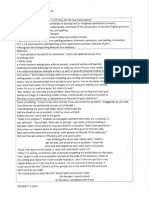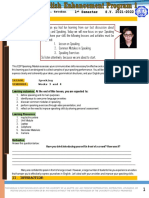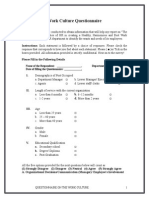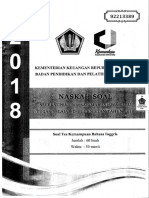0% found this document useful (0 votes)
10 views4 pagesPunctuation
This project explores the significance of the period in English punctuation, focusing on its role in sentence structure, readability, and common errors. It aims to develop a writing guide and conduct a survey to analyze punctuation errors among students. The findings will highlight the impact of proper punctuation on comprehension and provide recommendations for improving punctuation skills.
Uploaded by
babavaxbiCopyright
© © All Rights Reserved
We take content rights seriously. If you suspect this is your content, claim it here.
Available Formats
Download as PDF, TXT or read online on Scribd
0% found this document useful (0 votes)
10 views4 pagesPunctuation
This project explores the significance of the period in English punctuation, focusing on its role in sentence structure, readability, and common errors. It aims to develop a writing guide and conduct a survey to analyze punctuation errors among students. The findings will highlight the impact of proper punctuation on comprehension and provide recommendations for improving punctuation skills.
Uploaded by
babavaxbiCopyright
© © All Rights Reserved
We take content rights seriously. If you suspect this is your content, claim it here.
Available Formats
Download as PDF, TXT or read online on Scribd
/ 4



























